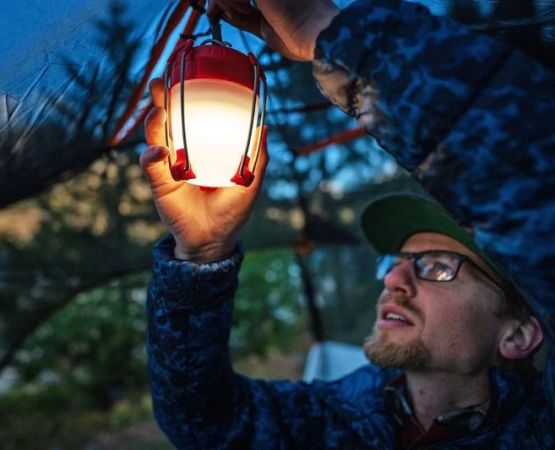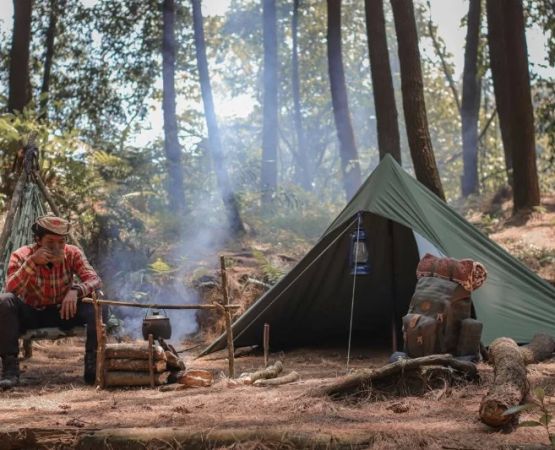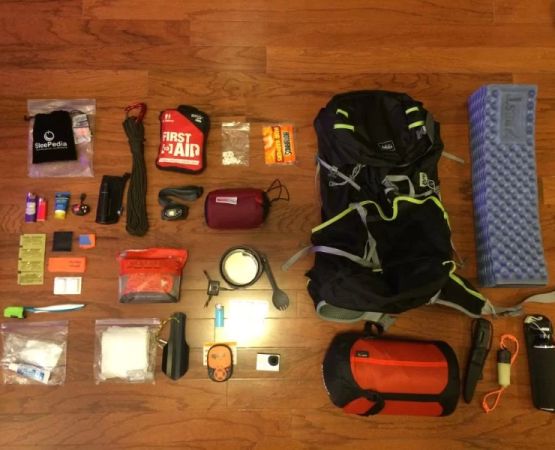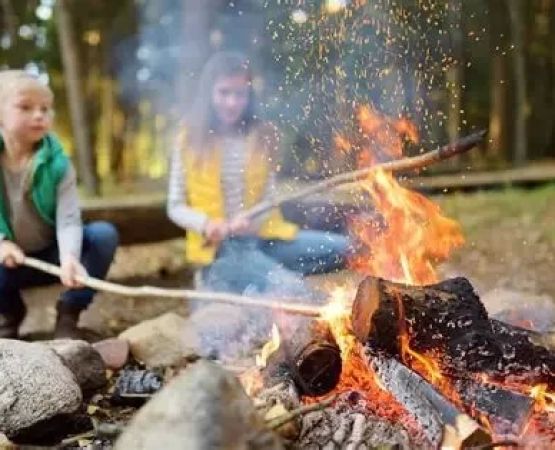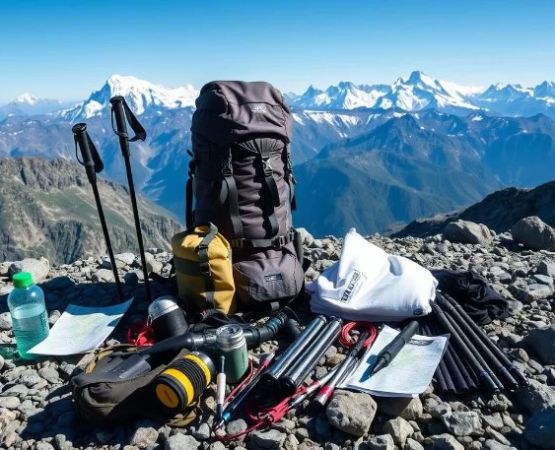- understanding-needs-before-you-go
- choosing-an-accessible-campsite
- equipment-and-gear-for-comfort-and-safety
- planning-for-medication-and-daily-routines
- communication-and-support-during-the-trip
- real-stories-that-inspire-inclusive-camping
- why-pine-cliff-resort-is-a-top-choice
1. Understanding Needs Before You Go
Camping with special needs starts with awareness. Every individual has different physical, sensory, or cognitive needs—and planning begins by identifying them clearly. Whether it’s mobility-related limitations, autism spectrum sensitivities, or complex medical routines, a detailed needs assessment allows families and caregivers to prepare with purpose.
Don’t assume one-size-fits-all. Instead, ask questions: Does the camper need sensory-friendly environments? Is there a requirement for powered medical equipment? Would they benefit from structured schedules or visual aids? Answering these early builds confidence and reduces stress later.
2. Choosing an Accessible Campsite
Location matters more than ever when camping with special needs. The best sites offer ADA-compliant facilities, level terrain, accessible bathrooms, and thoughtful staff trained in accommodating various challenges.
2.1. What to Look for in a Campground
Accessible fire rings, smooth trails, and barrier-free cabins are essentials for those with mobility impairments. Equally important are sensory-friendly zones for those with autism or anxiety disorders. Campgrounds should provide quiet areas and limit sudden noises or lighting changes.
2.2. Reach Out in Advance
Always call or email in advance to verify accessibility claims. A site might label itself accessible but lack the infrastructure to truly accommodate. Clarifying details beforehand can prevent surprises on arrival.
3. Equipment and Gear for Comfort and Safety
The right gear transforms camping from difficult to delightful. For campers with special needs, customization is key—from medical coolers for medication to adaptive utensils and sleep systems.
3.1. Must-Have Adaptive Items
Wheelchair-friendly tents, portable ramps, foldable shower chairs, and weighted blankets are just a few tools that enhance inclusion. For visually impaired campers, tactile markers and audio navigation apps can provide greater independence.
3.2. Weather and Environment Considerations
If your camper is sensitive to heat or cold, plan with climate-control options like cooling vests, heated sleeping bags, and breathable clothing. Terrain-specific gear (e.g., beach wheelchairs or off-road walkers) can also open up otherwise inaccessible areas.
4. Planning for Medication and Daily Routines
Health doesn’t take a vacation—and neither can your routines. Bring an organized supply of medication, including backups and a printed medication schedule. Using waterproof containers and cooling systems helps preserve integrity in outdoor conditions.
4.1. Consistency Is Comfort
Routine is often calming for individuals with autism, ADHD, or anxiety. Build a visual or written schedule that mirrors their home routine as closely as possible, from wake-up to meals to sleep. This minimizes emotional stress and maintains predictability.
4.2. Emergency Preparation
Keep emergency contacts, allergy information, and insurance cards easily accessible. Having a go-bag for quick exits—including noise-canceling headphones, fidget tools, or comforting items—can help you manage unexpected situations with care.
5. Communication and Support During the Trip
Even the best-laid plans need flexible execution. On-site communication tools like visual cards, AAC (augmentative and alternative communication) apps, or whiteboards allow non-verbal campers to express needs effectively.
5.1. Travel with a Team
For group trips or camps, make sure every caregiver or companion knows their role and understands the individual’s needs. Assign specific responsibilities and have a communication plan in place if someone needs to step away or respond to an incident.
5.2. Community Makes It Easier
Consider joining camping networks or forums for families with special needs. These communities often share tips, location reviews, and product recommendations that can make a big difference. Support from others who’ve been there brings peace of mind.
6. Real Stories That Inspire Inclusive Camping
Take the Davis family from Minneapolis. Their 12-year-old son, Ethan, lives with cerebral palsy. They thought camping would be too hard—until they found a site with roll-in showers, paved trails, and kayak ramps. "It was the first time Ethan felt part of the adventure," said his dad.
Another example comes from Jess, a single mom to 8-year-old Noah, who is on the autism spectrum. She designed a picture-based itinerary, pre-visited the campsite virtually with Noah, and packed his favorite weighted blanket. “The first night was rough,” she admitted, “but by day two, he was roasting marshmallows and making new friends.”
7. Why Pine Cliff Resort Is a Top Choice for Inclusive Outdoor Adventures
If you’re searching for a destination that gets it, Pine Cliff Resort stands out. Designed with accessibility in mind, this resort goes beyond minimum standards to create a welcoming, inclusive experience for all campers—regardless of age or ability.
Features include ADA-accessible lodges, staff trained in disability support, quiet zones for neurodivergent guests, and flexible accommodations tailored to specific needs. Whether you’re organizing your first trip or returning for another unforgettable weekend, Pine Cliff Resort provides the safety, infrastructure, and community support you can count on.
Inclusive camping isn’t about limitations—it’s about possibilities. And with the right planning, location, and mindset, nature becomes a space where everyone belongs.


